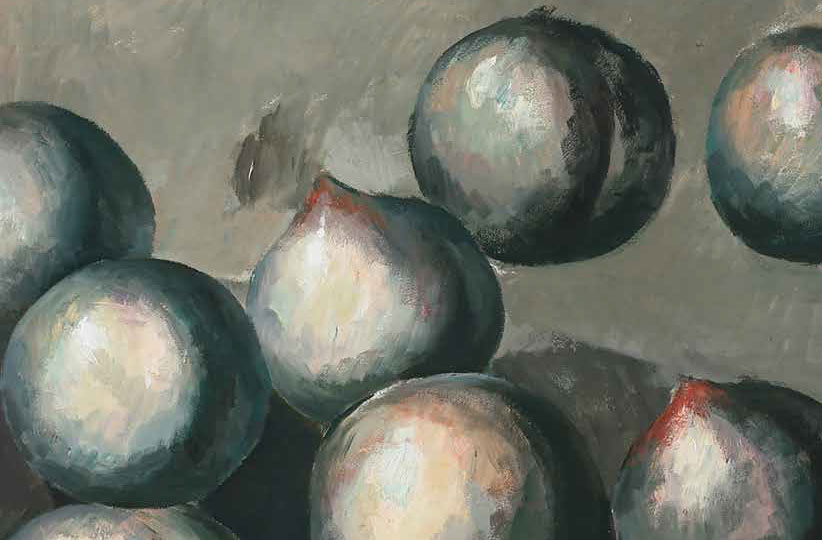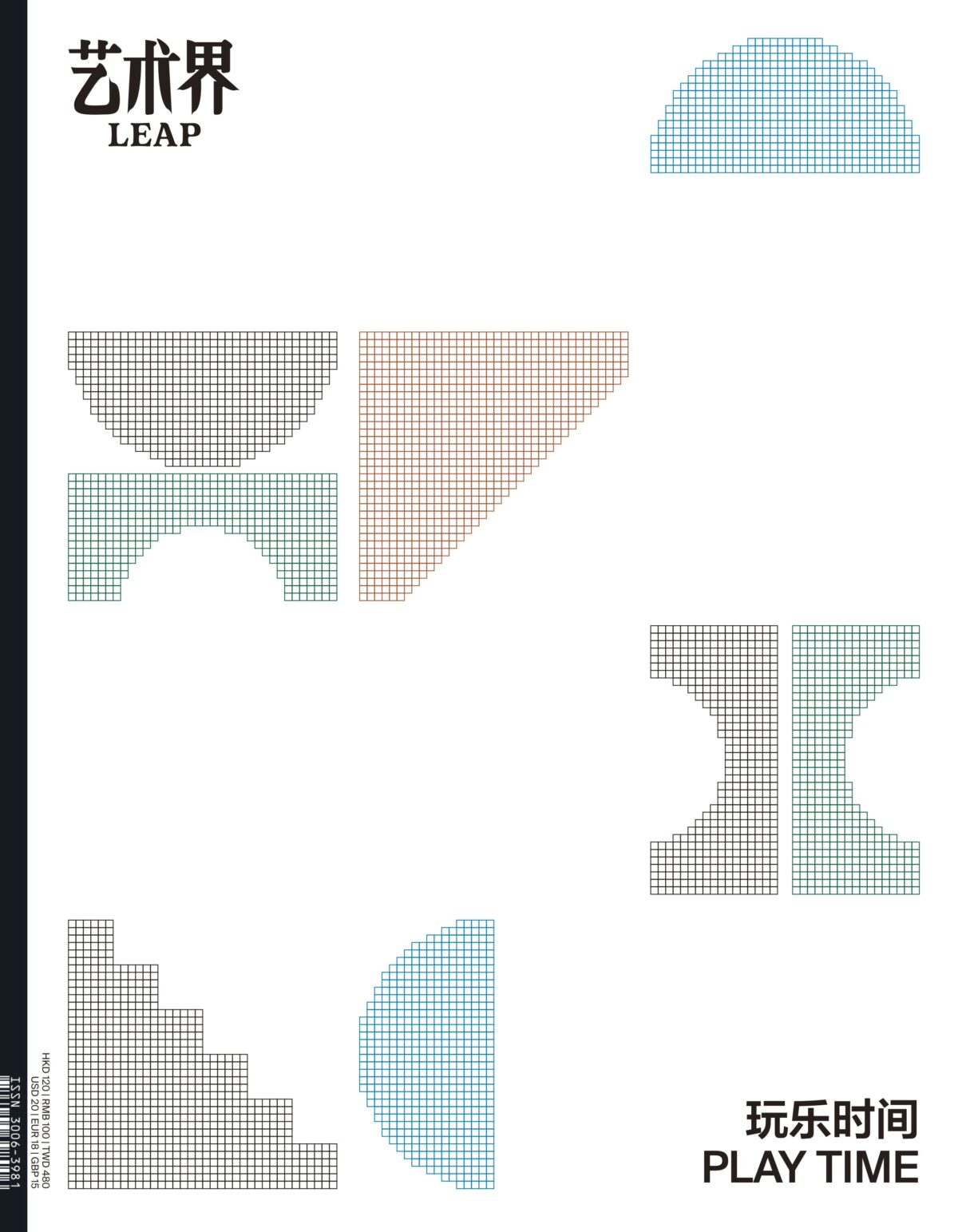The basic premise of the Lovelace test, created to determine intelligence within the cognitive sciences, is that a machine must originate an idea on its own. Ada Lovelace, for whom the test is named, argued that this was the marker of true intelligence. In distinction to the Turing test—which tests the ability of a machine…
Read MoreThe question of the muse is, first and foremost, one of etymology. Our wispy shadows still draw us into the deep and blinding morass of history. The many gods of Mount Olympus are assumed to be older than history, which begins with their actions to protect humanity. Yet still more ancient than the Olympian gods…
Read MorePour être honnête, je ne sais comment s’y prend Guan Xiao. Lorsqu’on se penche sur la manière dont elle s’empare des matériaux et les unit dans son œuvre, on se sent un peu comme dans une séquence de l’émission The Brain (1), où un participant examinait au microscope une centaine de poissons rouges. L’analogie n’est…
Read MoreTo be honest, I don’t know how Guan Xiao does it. Looking at the ways she grabs and synthesizes materials in her work, it’s a bit like watching a contestant on The Brain(1) microscopically examining a thousand goldfish. This isn’t a totally apt analogy, for today it’s nearly impossible to quantify—and to describe, even—just how…
Read MoreShenyang, a representative industrial city built during the socialist era, is one of eight Chinese cities with a major art institute. The pace of life is relatively slow, the pressures of daily life relatively light, and, even if the city is, in many respects, somewhat backwards compared to first tier cities, it is not particularly…
Read MoreFilmmaker, artist, activist and organizer Wu Tsang describes herself as “multi-multi”(1)—a description she deploys in order to explain a position predicated on hybridity and contradiction. This approach to identity, and the refusal to be categorized in normative terms, has been somewhat of a constant in Tsang’s life. Born in Massachusetts, USA, in 1982 to a…
Read More“They all look the same,” Europeans used to say about Chinese people; now, it’s what first-tier citizens say about third-tier cities. Whether it is Jixi in Heilongjiang, Dongguan in Guangdong, or Tangshan in Hebei, lieux de memoires associated with critical moments in China’s history have become apparently faceless collections of buildings interchangeable with each other….
Read More“Real things are not absolute things. Real things are the embodiments of a dictatorial system of coercion which maintains that they are real.”(1) In the paranoid milieu of the post-war order, Akasegawa Genpei’s “Thesis on Capitalist Realism” made sense: for many, discovering that the televisions, coffee tables, advertisements—the entire world—around them were a construction could…
Read MoreContemporary Chinese artists and the worker’s experience In 1972, a 16-year-old Sui Jianguo took the place of his mother as a worker at the Tongyao Workshop of Qingdao National Cotton Mill No. 2; in 1977, a 20-year-old Wang Guangyi left a farm in Heilongjiang province, where he had worked as a sent-down youth, to become…
Read MoreApart from the need to hide in the shade of art during the hot vernissage of the Venice Biennale, it is always with anticipation that one enters the Arsenale and Giardini. The possibilities are neverending, but are also trapped within the walls of buildings, not to mention the town of Venice itself. During these opening…
Read MoreIndépendamment du désir que l’on éprouve, lors des heures brûlantes du vernissage de la Biennale de Venise, de s’abriter à l’ombre de l’Art, on est toujours saisi par l’excitation à l’idée de pénétrer dans l’Arsenal et les Giardini. Les possibilités sont infinies, mais circonscrites par les murs des édifices, et par Venise elle-même. Durant ces…
Read MoreCurrent events in the international sphere, including the emergence of the Islamic State, invite us to think about de-westernization after the Cold War and decoloniality after decolonization. If a point of reference is needed, the 1955 Bandung Conference is a good one. China was under the leadership of Mao Zedong, and Zhou Enlai, first Premier…
Read MoreThe New History Group, active in Wuhan, was made up of artists, businessmen, and academics. They created mass-produced art products through a series of mutually beneficial corporate collaborations, in…
Read MoreScholar Dai Jinhua, in his discussion of the ideological constructs of mass culture in the 1990s, says that, at that time,“farewell to revolution” became the profound and tragic social consensus. This turn occurred alongside the end of the Cold War and Fukuyama’s “end of history,” originating in the disruptive influence of market reform on intellectual…
Read MoreRock and roll first made its way to Chinese audiences as reference materials for the critique of capitalism, before it began to spread among the children of officials and musical families. Memories of early-1990s rock exist only in the communities of expats and elite intellectuals, who forged friendships in the Kempinski Hotel and Song Huaigui’s…
Read MoreA historic demarcation has been proposed at the beginning of 1990s: the modernism of the 1980s versus the postmodernism of the 1990s. As western thinking and culture flooded into the country, influenc…
Read MoreAmong the exhibitions in which Chinese curators and artists participated, “Cities on the Move” was the first to move beyond the traditional practice of defining artists by nationality and culture. Co-…
Read More1990s, headlined by “Post-Sense Sensibility: Alien Bodies and Delusion” and “Supermarket: Art for Sale,” represent a new generation’s interpretation of the world. Many among reflected on their art edu…
Read More“Entropy Wrangler,” Ian Cheng’s 2013 exhibition at Off Vendome in Dusseldorf, was an excellent introduction to the logic behind this artist’s practice. The centerpiece was a large projection in the gallery’s basement described as “a live computer simulation that changes and evolves, forever.” Like all of Cheng’s simulations, it was programmed with motion capture techniques…
Read MoreThe Big Bang After the immense success of Grosse Fatigue, which caused a sensation at the 2013 Venice Biennale and brought Camille Henrot the Silver Lion, the French artist, born in 1978, has become one of the most sought-after names for curators and institutions. The Venice exhibition, curated by Massimiliano Gioni, was fittingly titled “The…
Read More























